Whether you’re buying a home for yourself or as an investment property, it’s essential to be ready for the unexpected. Owning a property comes with its share of surprises, from minor maintenance to major repairs. Knowing how to handle these situations—or when to call in a professional—can save you time, money, and stress.
Keep in mind that not everything will be covered under your home insurance or landlord insurance. Insurance is designed for sudden and unexpected events, not for issues that occur due to regular wear and tear or lack of maintenance.
Here are 10 common scenarios every landlord or homeowner should be prepared for, along with tips on how to prevent or address them.
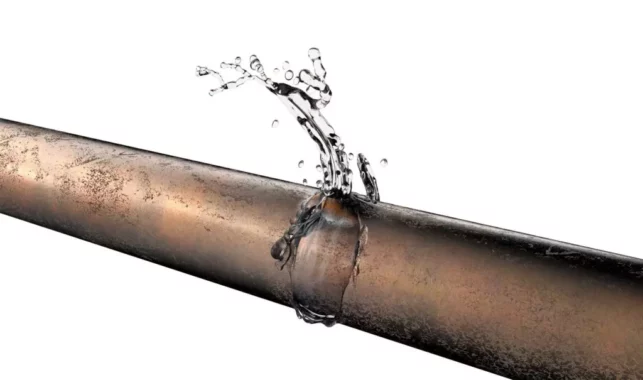
- Pipe Burst
Pipes can burst for a variety of reasons, most commonly due to freezing temperatures that cause the water inside to expand, ultimately breaking the pipe and leading to a water leak. If this happens, it’s crucial to know where the main water shutoff valve is located and ensure it’s in working condition.
Freezing isn’t the only cause—pipes can also burst due to poor installation or simply old age. This is why it’s important to understand the type and condition of the pipes in your home and address any potential concerns. If freezing pipes are a risk, adding more insulation in vulnerable areas can help prevent this issue.
It’s also worth noting that water damage from burst pipes is not always covered under your insurance policy. Speak with your home insurance professional to confirm if this type of damage is included in your coverage.
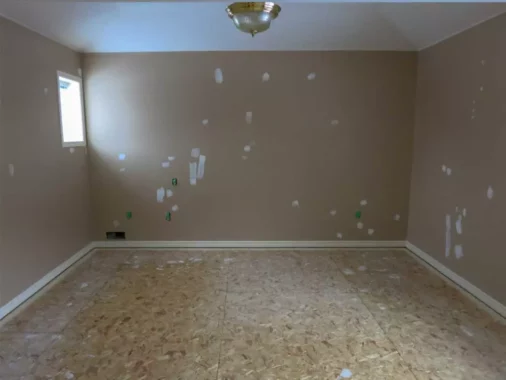
2. Damaged Drywall
It sounds simple, right? While drywall damage might not always seem like a big deal, keeping your walls clean, patched, and even can make a significant difference. Not only does it improve the overall appearance and upkeep of your home, but it also boosts resale value if you decide to sell in the future.
Drywall damage is generally not worth filing an insurance claim for, and it’s unlikely to be covered if it’s caused by tenant vandalism or wear and tear. Tackling minor drywall repairs yourself can help keep costs down, but if you’re not confident in achieving a clean and professional finish, it’s worth hiring a professional to ensure the job is done right.
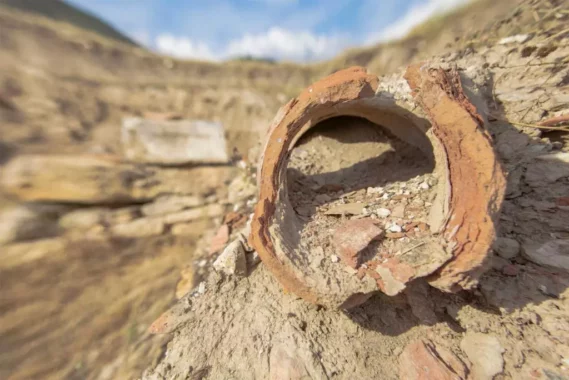
3. Clay Sewer Pipe Under Your Basement Slabs Breaks Down and Causing Water to Backup.
his is a common issue in older homes. Clay sewer pipes are prone to deterioration over time, and when they fail, they can cause significant water backups. Given their age and fragility, replacing clay pipes proactively—especially before finishing a basement—is a smart investment. The process involves cutting through the concrete slab, removing the old clay pipes, and installing modern plastic piping. This is a complex and messy job that should always be handled by a professional.
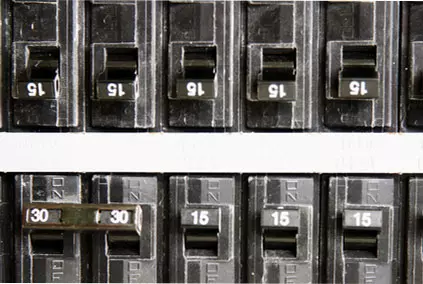
4. Breakers Keep Tripping or Fuses Pop When using appliances.
If your circuit breakers are tripping or fuses are popping, it usually means there are too many devices connected to the same circuit. To address this, consider having a professional electrician inspect your electrical system and potentially upgrade your service to meet modern standards.
It’s worth noting that many insurance companies are hesitant to insure properties with less than 100 AMP service or homes that still rely on fuse panels, as these systems are considered outdated and may pose higher risks. Electrical problems can be serious, and the last thing you want is an electrical fire. For your safety and peace of mind, have a professional evaluate the issue and recommend necessary upgrades.
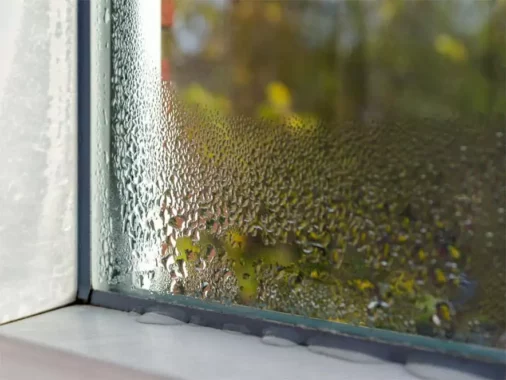
5. Drafts Through Windows and Doors
Drafts might not seem like a big deal, but they can significantly increase your heating bills and make your property uncomfortable to live in. Short-term solutions include adding weather stripping or applying special window films. However, more effective fixes involve redoing the caulking around windows and doors—both inside and out—and repairing any damaged trim.
If the windows or doors are old and beyond repair, it may be necessary to have them professionally replaced and properly sealed. Addressing drafts promptly is important, as cold drafts can lead to bigger problems like frozen pipes, mold, or condensation. Over time, this can cause rot inside your home, and it’s important to note that mold and condensation-related damage are typically not covered under insurance.
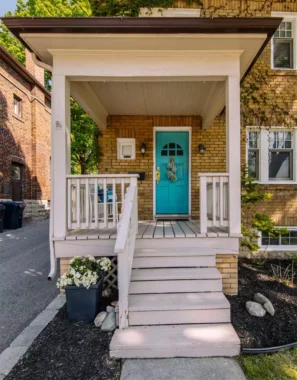
6. Interlock is Popping Out or Steps are Uneven
First impressions are everything—and the last thing you want is for you, your family, a tenant, or even a stranger to trip over an uneven step or interlocking bricks that are popping out. Sometimes the solution is as simple as repositioning a few steps, while other situations may require a complete regrading to fix the issue properly.
Whether you choose to tackle the repairs yourself or hire a professional, addressing these issues not only improves the safety of your property but also boosts curb appeal. From a liability perspective, someone tripping on your property could result in a claim under your home insurance. The last thing you want is a letter from a law firm informing you of a lawsuit for injuries caused by a slip or fall. A quick fix now can save you from a world of headaches later!
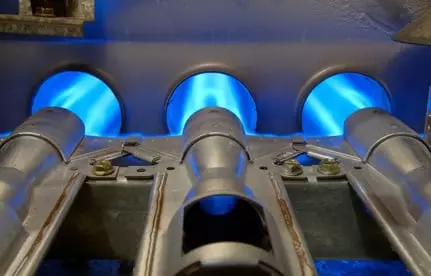
7. Furnace Needs Cleaning or Replacing
Keeping your furnace running efficiently is essential—not only for reducing your heating bills but also for maintaining good air quality in your home. Furnace filters should be replaced every one to three months to ensure optimal performance.
If your furnace is over 20 years old, it’s a good idea to consider replacing it with a more energy-efficient model. Keep in mind that furnaces that break down due to wear and tear are not covered by insurance. Additionally, many insurance companies may be reluctant to insure properties with furnaces that are over 25 years old, as they are considered outdated and higher risk.
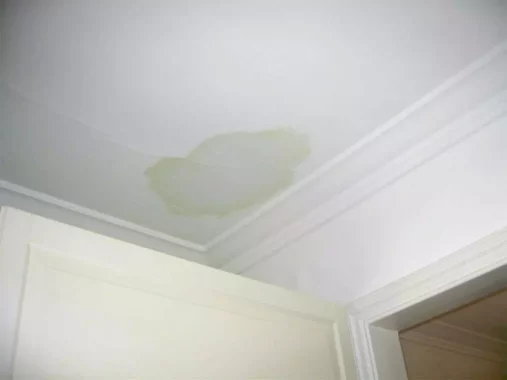
8. Shower / Toilet / Sink is Leaking
Even small leaks can lead to serious damage over time. For example, a single faucet dripping just three droplets per minute can waste up to one liter of water per day. Left unaddressed, leaks can cause long-term issues like warped materials, mold growth, and structural damage.
It’s important to note that slow leaks are considered maintenance issues and are never covered under home insurance. For water damage to be covered, it must be both sudden and accidental, and you need to have the appropriate coverage in place.
If you suspect a leak in your home, don’t wait—contact a licensed plumber to inspect and repair the issue. Fixing leaks promptly will not only protect your property but also help you save on your water bill.
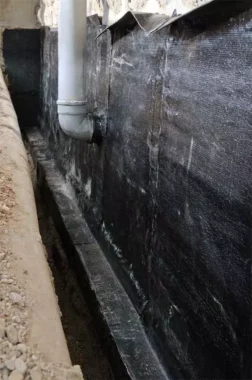
9. Basement Wall is Leaking / Crack in Foundation
This is a significant issue that often involves extensive work to resolve. It’s crucial to understand that foundation cracks or waterproofing problems are considered maintenance issues and are never covered under insurance.
Addressing these problems requires experienced professionals to properly waterproof your home and install the necessary drainage systems. Repairs typically involve digging around the exterior of the home to inspect the area, sealing cracks with specialized materials, and applying waterproofing tar to the walls. Newer methods may include sealing the cracks and using a special plastic adhesive for added protection.
If exterior access isn’t possible—due to proximity to neighbors or other obstructions—interior waterproofing may be your best option. In any case, it’s vital to address these issues as soon as possible. Left untreated, water can quickly enter your basement and cause extensive damage over time.
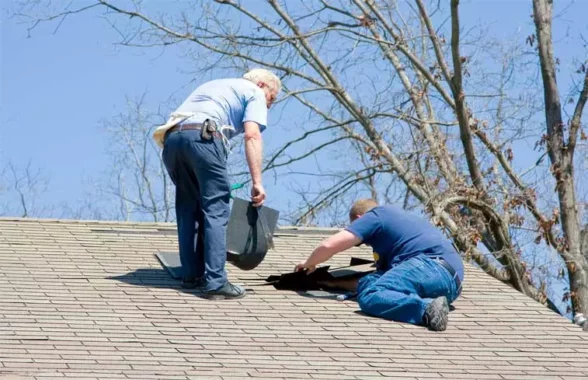
10. Shingles Flew Off the Roof
The roof over your head is more than just a metaphor—it’s your home’s primary defense against the elements. While windstorm damage to your roof is often covered under a standard home insurance policy, the coverage may vary if your roof is over 25 years old. In such cases, any payout may be based on the depreciated value of the roof, rather than the full cost of repairs or replacement.
It’s also important to note that if your roof is aging and a slow leak develops, causing damage over time, this wouldn’t be covered by insurance, as it’s considered a maintenance issue. Additionally, a few shingles flying off your roof might not be significant enough to warrant an insurance claim.
To stay ahead of potential issues, it’s wise to keep a reliable roofer on call for quick repairs. If you’re purchasing a property, a thorough home inspection will typically provide insights into the roof’s condition and when it might need to be updated.
The above is just a glimpse of the challenges that can arise with any property in Ontario, whether it’s old or new. That’s why it’s so important to stay prepared and proactive in addressing surprises as they come your way.
Wishing you all the best in managing and maintaining your property!


 December 5, 2018
December 5, 2018 8 min
8 min